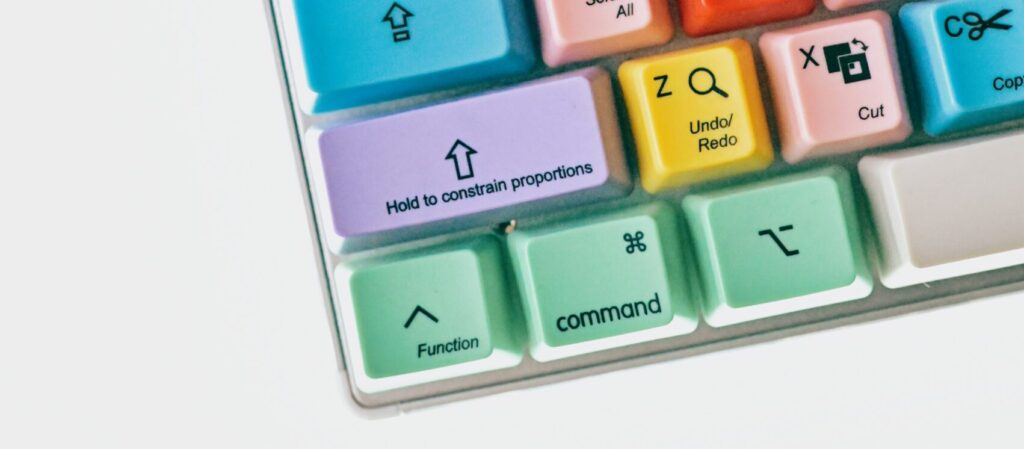
Photo by Girl with red hat on Unsplash
Design is a Powerful Communicator
From the layout of a website to the color scheme of a room; design elements have a profound impact on our psychology and emotions. Colors, in particular, hold a unique ability to evoke feelings and influence our behavior, often on a subconscious level.
Let’s explore the captivating relationship between design, colors, and the way they shape our thoughts and emotions.
The Psychology of Colors

Photo by Julian Hochgesang on Unsplash
Color psychology is the study of how different colors can elicit emotional and psychological responses. While individual reactions to colors can vary, there are some universal associations:
- Red: This vibrant hue is often linked to passion, energy, and urgency. It can raise heart rates and stimulate appetites, making it a popular choice for restaurants and clearance sales.
- Blue: Blue conveys a sense of calm, trust, and stability. It’s commonly used in settings where relaxation and reliability are essential, like bedrooms and corporate logos.
- Yellow: Bright and cheerful, yellow represents happiness, optimism, and warmth. It’s a color that radiates positivity and is often used to grab attention.
- Green: The color of nature, green signifies growth, balance, and health. It’s frequently used in spaces to create a sense of tranquility and well-being.
- Purple: Associated with luxury, creativity, and spirituality, purple can evoke a sense of elegance and mystery.
- Orange: Orange is all about enthusiasm, creativity, and energy. It’s often chosen for spaces where social interaction and excitement are encouraged.
The Power of Design Elements
In addition to color, design elements like layout, balance, and typography play a vital role in influencing our perceptions. Thoughtfully designed spaces and products can inspire a range of emotions, from comfort and motivation to nostalgia and desire.
For instance, a well-designed building or product can make users feel at ease, encouraging them to explore further. Conversely, a cluttered and confusing design can lead to frustration and a negative experience.
The Psychology of Design

Photo by Danist Soh on Unsplash
Here are a handful of design elements that can affect the way you feel and perceive reality:
- Sharp & Shiney Forms: Sharp, angular shapes evoke feelings of edginess, modernity, and assertiveness. They can add a sense of sophistication to a design, but they should be used carefully, as their boldness can also create tension. In contrast, smooth and shiny forms exude a sense of elegance, luxury, and fluidity, often associated with high-end brands and products.
- Curved & Round Forms: They evoke feelings of softness, comfort, and approachability. These forms often create a sense of harmony and flow in design, making them popular in various contexts, from product packaging to interior decor.
- Lighting: Different lighting techniques can create varying moods and atmospheres within a space. For example, soft and warm lighting, often associated with cozy interiors or intimate settings, can evoke feelings of relaxation and comfort. In contrast, bright and cool lighting, commonly found in workspaces, can promote alertness and productivity. The intensity, color temperature, and direction of lighting all play crucial roles in shaping our psychological responses to a given environment.
- Textures: Smooth and sleek textures often found in modern designs can evoke feelings of sophistication and minimalism. On the other hand, rough and tactile textures, such as exposed brick or natural stone, can create a sense of warmth and authenticity.
- Materials: Natural materials like wood and stone often evoke a sense of warmth, authenticity, and connection to nature. They can make a space feel grounded and comforting. In contrast, industrial materials like concrete and steel can create a more modern and utilitarian ambiance, signaling efficiency and functionality. Additionally, the quality and finish of materials, such as the sheen of a polished surface or the ruggedness of raw, untreated materials, can influence our perception of luxury, durability, and craftsmanship.
- Plants: The inclusion of plants in design, whether in interior spaces or outdoor landscapes, has a profound impact on our psychological well-being. Plants have an innate ability to create a sense of tranquility and connection to nature. They introduce organic shapes, vibrant colors, and a living, breathing presence that can transform sterile environments into inviting lively spaces.
Personal Expression Through Design
Design is not just about aesthetics; it’s also a form of personal expression.
The colors and design choices we make in our homes, clothing, and digital spaces often reflect our personalities and values. When we surround ourselves with design elements that resonate with us, it can bring a sense of joy and authenticity to our lives.
What to pay Attention to When Designing
Look at existing solutions and find where they go wrong. Constantly test your design with users who know and experience the pain points more than you do.
You should pay careful attention to the amount of friction that the alternative solutions cause for the users and also pay attention to your solution as well.
Exploring different materials, textures, and colors also plays a huge role in the practicality and creativity of your solution’s design.
Conclusion
Design and colors are powerful tools that shape our thoughts, emotions, and behaviors. Whether you’re designing a website, decorating a room, or choosing an outfit, understanding the influence of design and colors on your psychology can help you make intentional choices.
So, the next time you’re in a well-designed space or admiring a beautiful piece of art, take a moment to reflect on how it’s making you feel. After all, design is a language that speaks to us all, regardless of words.

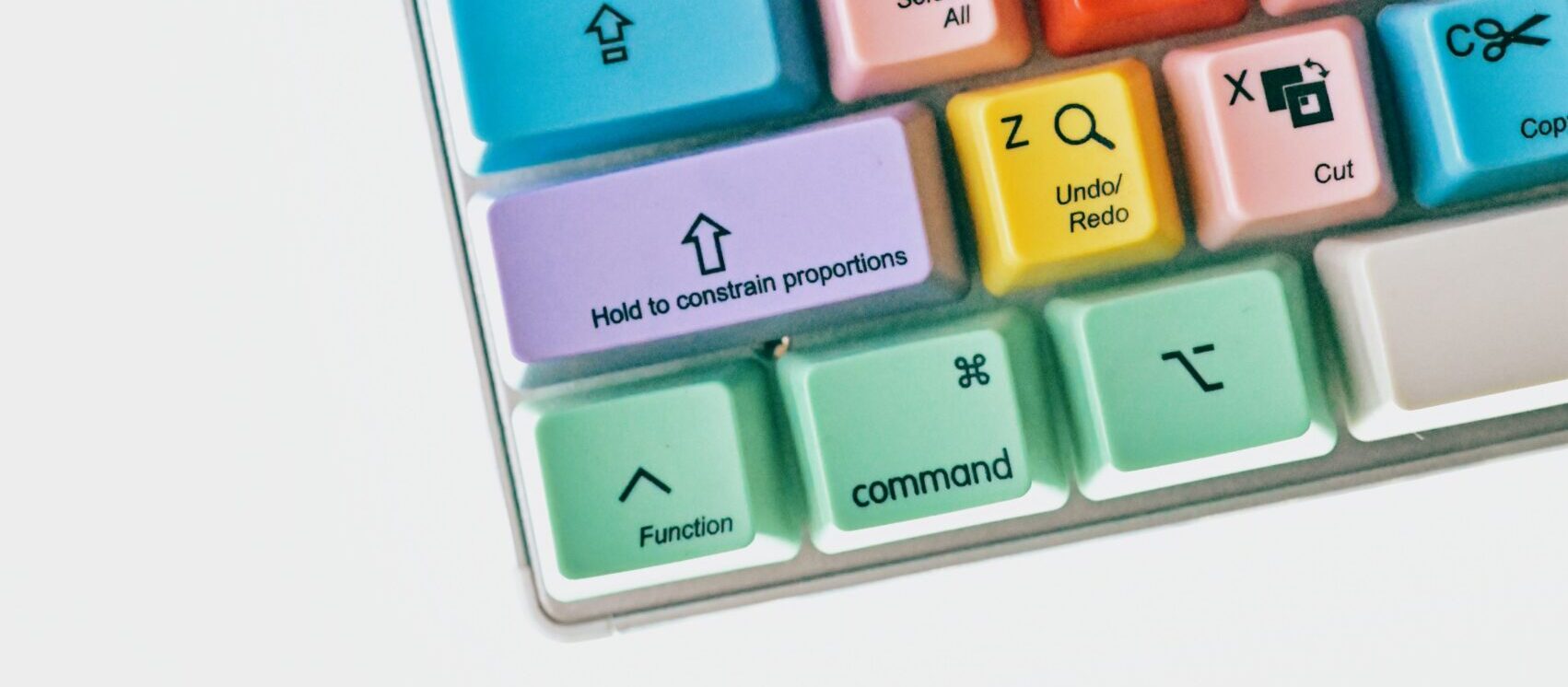
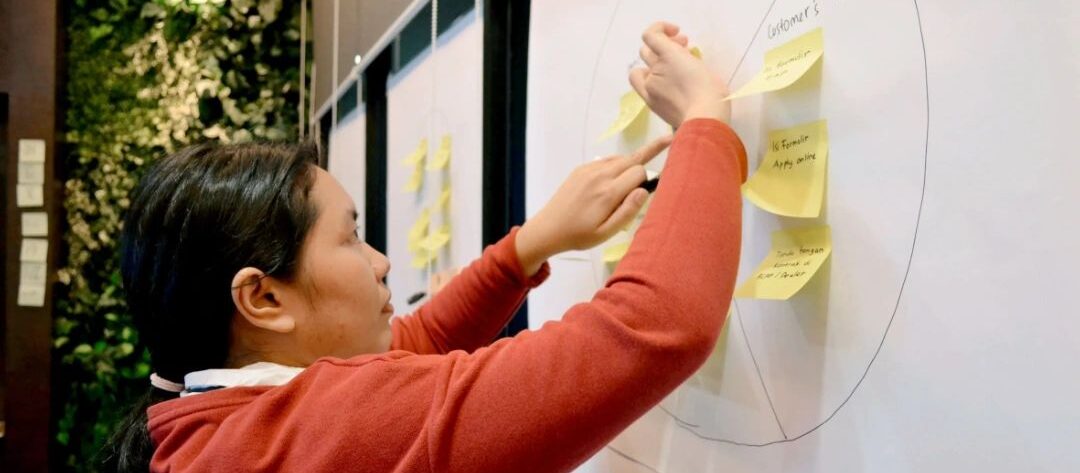
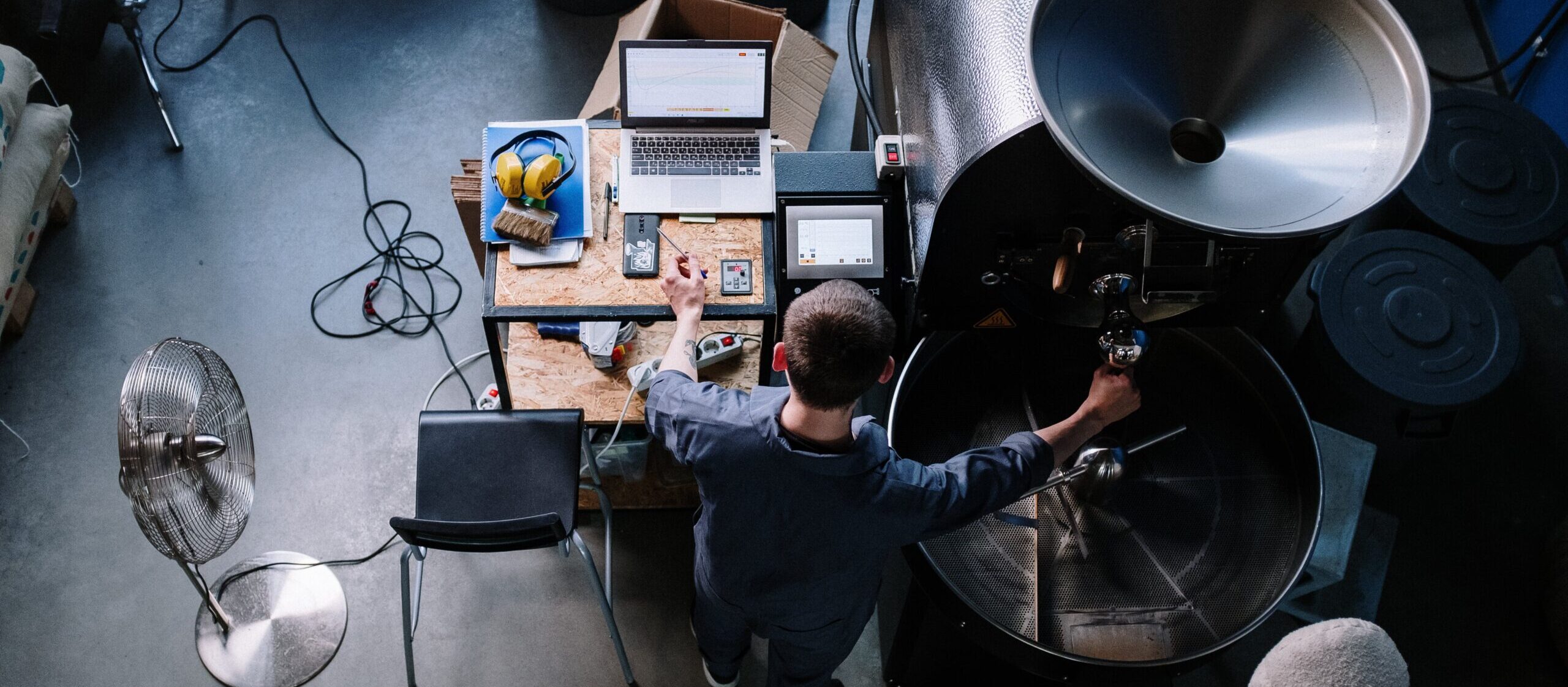
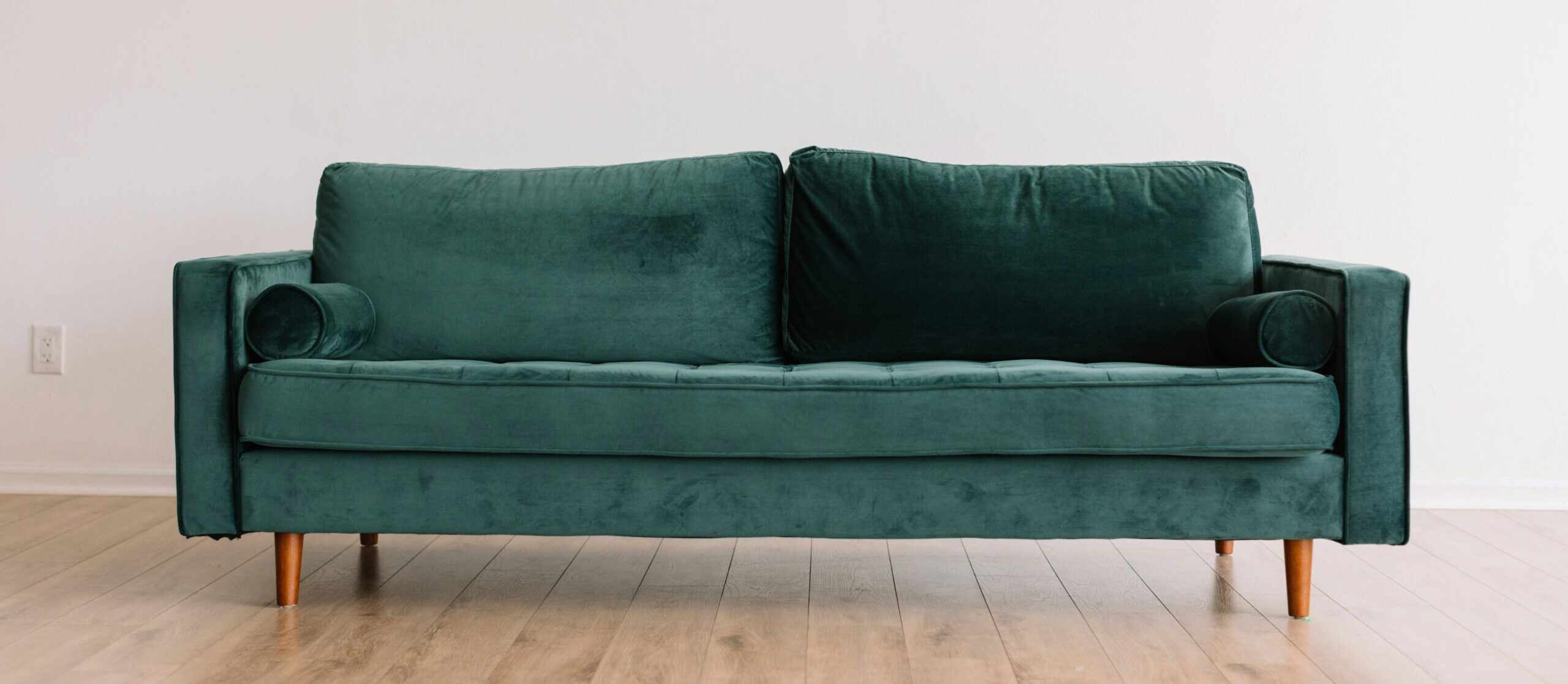
Leave a Reply